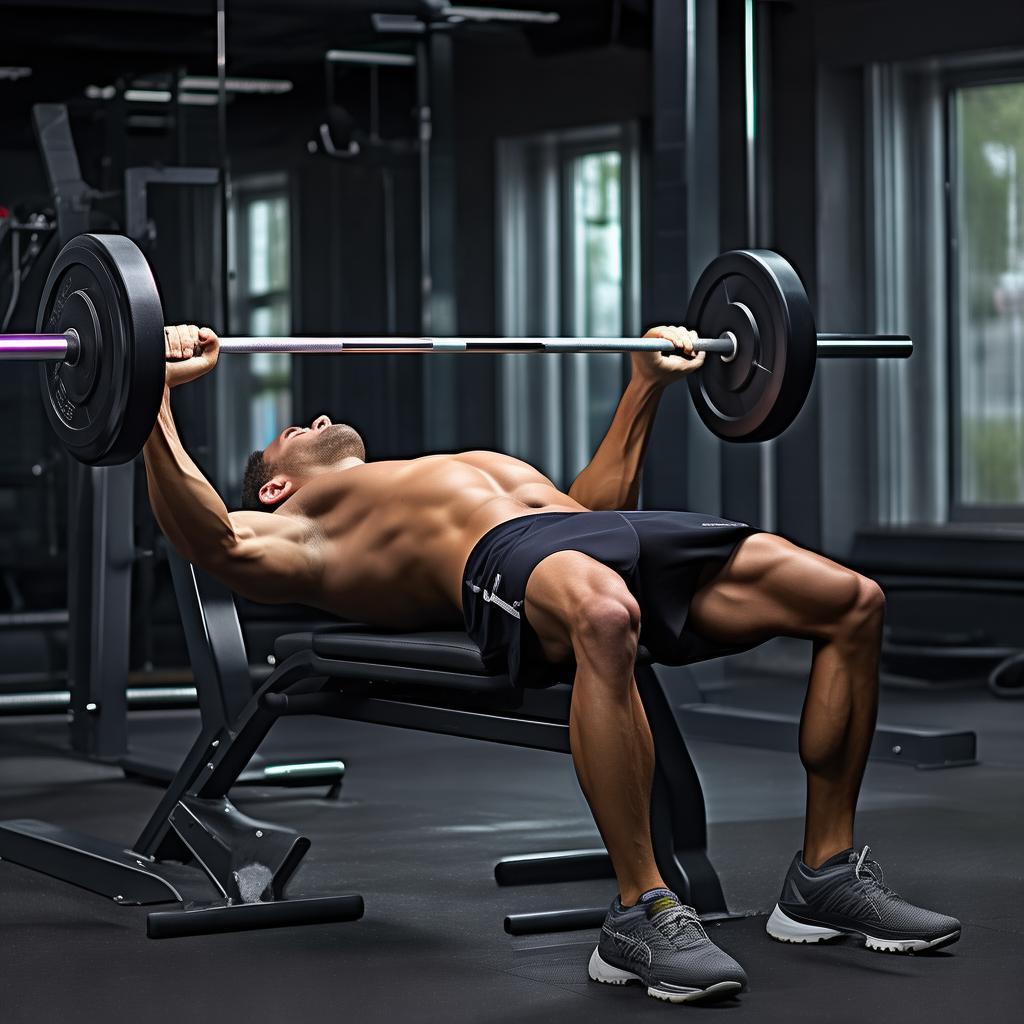Introduction
Just like how deep squats aren’t the most efficient for butt – training as we’ve mentioned before, doing traditional bench presses merely for the triceps also seems uneconomical. Here, we are focusing on the narrow plank bench press, a movement that trains the triceps while still being effective for the chest. Compared to the traditional bench press, its reduced shoulder abduction limits the pressure on the shoulder joint.
Benefits of the Narrow Grip Plank Bench Press
If you’re a fan of football or basketball, this exercise is especially beneficial for you. Studies have shown that the narrow bench press is advantageous when using the close – press in these sports. Moreover, it applies most of the pressure on the triceps, stimulating maximum muscle growth, which is a common goal for athletes, bodybuilders, and weightlifters. It also promotes overall muscle balance as muscle and strength gains are made gradually and simultaneously, which is a goal for weightlifters aiming to improve muscle function and symmetry.
Movement Breakdown Steps
Adding the narrow grip bench press to a thrust or upper – body workout is a great way to increase muscle size and strength. For safety, it’s advisable to have a partner or use a smith machine. First, use a horizontal gym chair or a gym chair/power rack combination and place the barbell in the appropriate position on the rack (you may need help to take it off). Add the right amount of weight according to your fitness level. Then, lie flat on the bench, hold the barbell with a narrow grip (about shoulder – width apart). With assistance, lift the barbell from the rack, straighten it upwards, and lock your arms. Inhale and slowly lower the barbell towards your chest, keeping your elbows close to your body. Exhale and push the barbell upwards using the triceps, locking your arms at the highest point. Repeat the recommended number of reps and return the barbell to the rack when done.
Common Mistakes
The narrow grip bench press can add variety to your upper – body workout, but there are some common mistakes to avoid:
- No booster or smith machine: If you’re new to this movement, it’s safer to have a booster or use a smith machine. Once you’ve mastered it and can’t find a booster, continue training with self – weight while maintaining good posture and technique.
- Bouncing the barbell on the chest: This is dangerous as it increases the risk of sternum injury and reduces the movement’s effectiveness. The movement should be slow, using appropriate weights for resistance to activate the triceps.
- Not using the correct grip: Use a standard grip with the thumb and other fingers wrapped around the barbell to avoid dropping it and getting injured.
- Taking hips off the bench: Keeping proper body position on the bench is crucial for safety and effectiveness. If your hips come off the bench, the weight may be too heavy, and you should reduce it.
- Improper breathing techniques: Coordinate your body and breathing. Inhale as you lower the barbell and exhale as you push upwards, rather than holding your breath during the difficult part of the movement.
Modifications and Variations
The narrow grip push – up has different approaches depending on the trainer’s fitness level. New weightlifters may need modifications. If a tight grip causes wrist discomfort, use a curved bar or dumbbells (with palms facing each other). To increase the challenge, you can increase weight resistance as your strength grows, increase the number of reps per set, or try advanced variations like barbell bench presses, self – weighted arm curls, and general push – ups.
Safety and Precautions
Weightlifting training requires attention to body position, movement posture, and function. Incorrect resistance movements increase the risk of injury. To do the narrow grip bench press safely and effectively, invite a booster or use a smith machine, position your hands correctly (shoulder – width apart), keep your elbows close to your body, avoid hitting the bar on the chest, be slow and controlled, choose an appropriate weight, don’t take your hips off the bench, use a standard grip, and stop if you feel wrist or shoulder discomfort. Also, if it’s a chest – training day, don’t put this movement in the first set to avoid triceps fatigue for subsequent movements.





